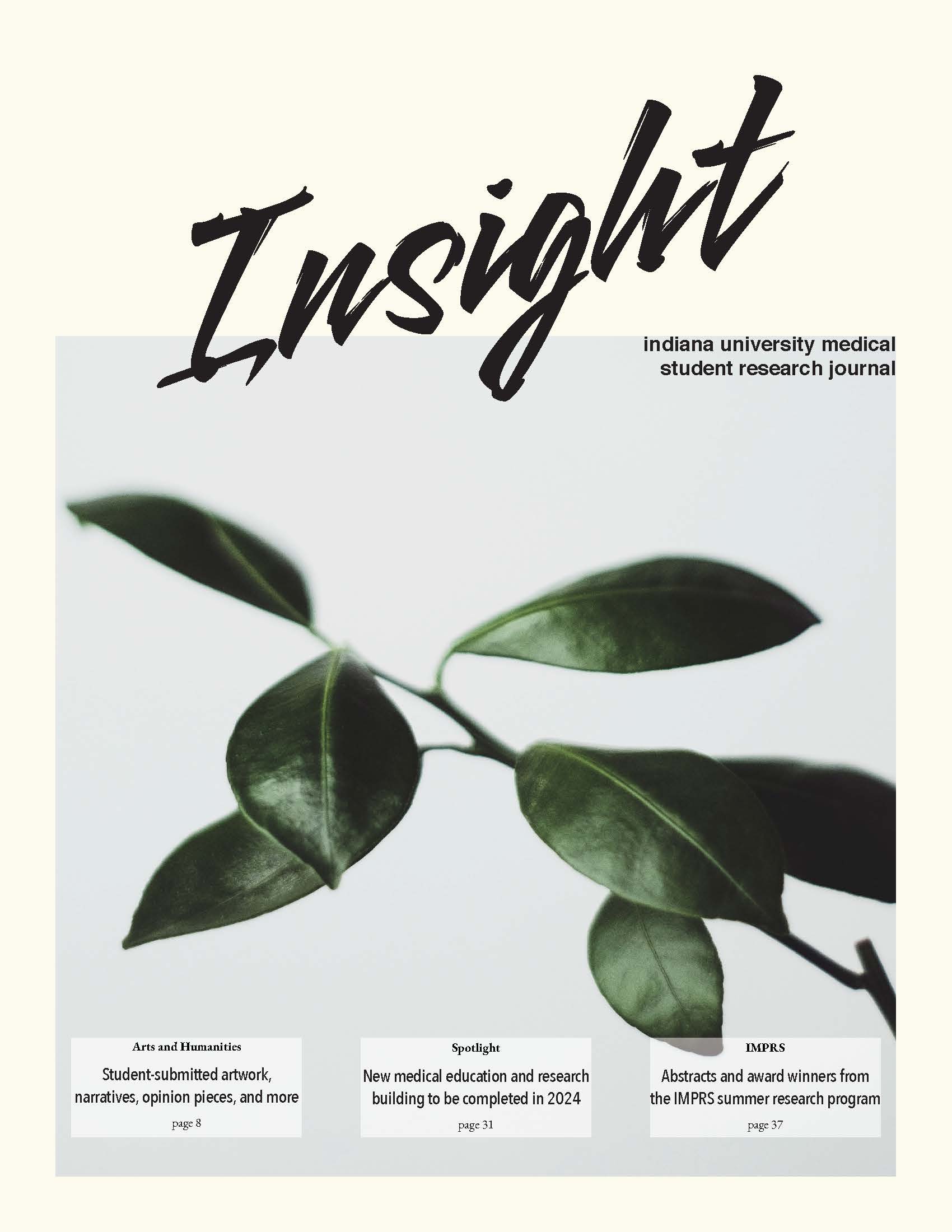Histologic Diversity of Thymic Epithelial Tumors in Patients with Myasthenia Gravis
Abstract
Background and Objective: Thymic epithelial tumors (TETs) include thymic carcinomas and thymomas, the latter of which can be further categorized by the World Health Organization (WHO) histologic classification based on the morphology of epithelial cells and the ratio of lymphocyte to epithelial cells (WHO types A, AB, B1, B2, and B3). TETs are rare malignancies with an incidence of 0.15 per 100,000 person-years in the United States. While their etiologies remain unknown, these tumors are associated with distinctly high rates of autoimmune disorders and paraneoplastic syndromes. The most common comorbid autoimmune disorder is myasthenia gravis (MG), affecting approximately 30% of patients with thymoma; thus, evaluating the risk of MG in patients with TETs of various histologies is important clinically. For the present retrospective study, we created a database of patients with TETs and examined prevalence of each histologic subtype in patients with MG.
Methods: Drs. Patrick Loehrer, Kenneth Kesler, and colleagues have collaborated at the Indiana University Simon Cancer Center to care for over 1000 patients with TETs. The electronic health records of these patients were accessed via Cerner and used to input demographic, diagnostic, and histologic data into a REDCap database. The TETs were further categorized by WHO classification, and heterogenous tumors were categorized by their most aggressive histologic type (i.e. mixed type B2 and B3 categorized as B3).
Results: Of 1023 total patients in the REDCap database, 626 were found to have sufficient documented information regarding TET diagnosis and histology as well as the presence or absence of MG (thymoma – 468; thymic carcinoma – 158). 112 of these patients carried diagnoses of both MG and a TET confirmed by pathology report (thymoma – 110; thymic carcinoma – 2). 77 (68.75%) patients were diagnosed with MG prior to TET, while 30 (26.79%) were diagnosed with MG after TET (p < 0.0001). The greatest prevalence of WHO histologic type in patients with thymoma and MG was Type B3 (36, 32.14%), followed by Type B2 (33, 29.46%), Type B1 (19, 16.96%), Type A (7, 6.25%), and Type AB (7, 6.25%) (X2 = 37.41, p < 0.0001). Notably, only 2 of 158 (1.27%) total patients with TC had comorbid MG in contrast to 110 of 468 (23.50%) with thymoma and MG; this suggests a uniquely favorable microenvironment of thymoma in patients with MG.
Clinical Impact and Implications: A distinct link exists between myasthenia gravis and thymoma, particularly those of more aggressive WHO histologic types (Type B3 and Type B2). Future work will aim to determine whether histologic classification has a predictive value for tumor prognosis in patients with and without MG. Furthermore, patterns of gene expression associated with thymoma in patients with and without MG may elucidate the etiologic mechanisms for the development of this autoimmune disorder.
Downloads
Published
Issue
Section
License
Copyright to works published in Insight is retained by the author(s).

